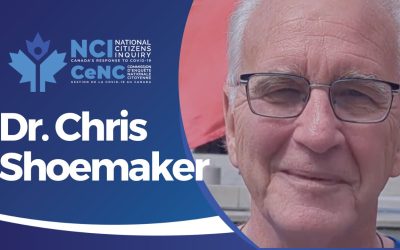Patients forced to wait more than a year for diagnostic scans will be seen within six months under new plans to tackle hidden ‘black holes’ on NHS waiting lists.
Patricia Hewitt, the Health Secretary, said it was ‘just not acceptable’ that some people were having to wait so long to find out what was wrong with them. Body scanners can help diagnose serious conditions, from epilepsy to heart disease.
From November, anyone forced to wait more than 20 weeks for a routine magnetic resonance imaging (MRI) or computerised tomography (CT) scan at a local hospital will be able to choose either to go to a private hospital free of charge or to another NHS hospital. The government will guarantee that they will be treated within six weeks.
By April, that will be expanded to cover ultrasound scans, and the maximum wait will drop to 20 weeks.
‘Obviously if people need urgent tests they are already fast-tracked – a suspected cancer patient has to have a diagnostic test within two weeks – but what we are talking about is all the others,’ said Hewitt.
‘This is the hidden waiting list, because up until now it hasn’t been counted. What is happening is we are dealing with the front end – the wait for your first outpatient appointment – and the back end, when the consultant has said you need a hip replacement or whatever.
‘But the bit in between, which can take months and sometimes more than a year, has not even been measured. That black hole in the middle is where we are now putting a spotlight.’
No central figures have previously been collected on these waits. However, The Observer revealed last year that patients at King’s College Hospital in south London – which serves parts of Surrey and Kent as well as the capital – were being told that the waiting list for a non-urgent MRI scan was almost 18 months.
The national average is now 10 weeks, but that disguises waits of far longer in some overstretched areas, where thousands of patients are likely to be affected.
The targets for diagnostic scans were prompted by complaints from frustrated GPs who wanted to know why they could not send their patients elsewhere for quicker treatment, and will be announced this week as part of a new programme of NHS reforms.
Tony Blair signalled the change when he referred in a speech last week to the ‘unaccountably long delays’ for scans.
Radiographers have warned that the queues are being driven up by staff shortages, with many hospitals unable to use their scanners properly because they do not have the experts to interpret the results.
However, Hewitt said that, while staff shortages had caused some genuine problems, hospitals must also learn to manage their employees and time properly to get the most out of the costly equipment.
It was clear there was also spare capacity outside the NHS, because patients were being told that they might have to wait months for a scan on the NHS but could be seen privately within a week, she said.
Hewitt is also expected to unveil plans to expand GP services in areas which have struggled to provide adequate services to patients, such as inner cities, where many family doctors do not want to work.
Waits for diagnosis may not necessarily affect a patient’s chances of recovery, but they can unnecessarily increase anxiety because people are left in limbo with their symptoms without knowing what is wrong with them.
The Conservatives have argued that the queues for scans were allowed to rise partly because they helped restrain the number of people going onto crowded surgical waiting lists: until patients have their problem diagnosed, they cannot be defined as needing an operation.
Cutting waits for diagnostic scans will be essential in meeting the government’s eventual target that every patient needing an operation is to have it within 18 weeks of first seeing their GP. This period covers the time taken to get an outpatient appointment, have any necessary tests, be seen by the consultant and then get into the operating theatre.



